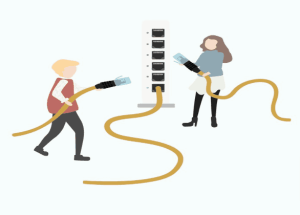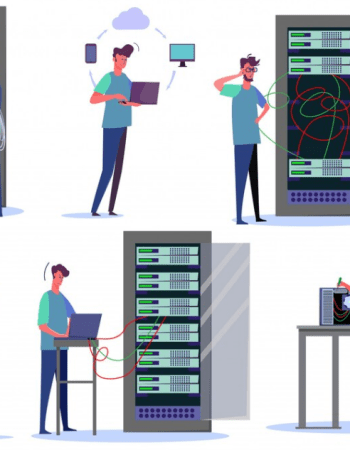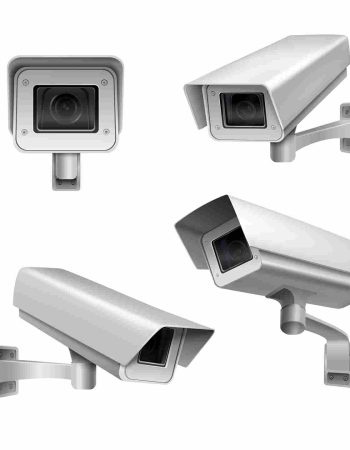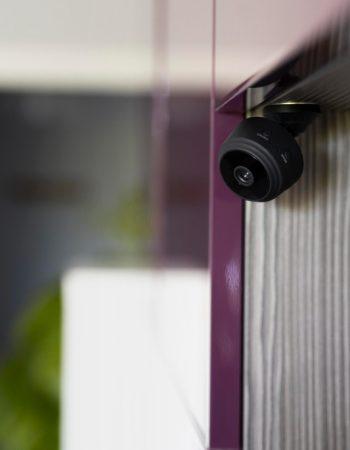Coaxial cable also known as coax cable is an electrical cable that transmits radio frequency signals from one point to another. The system has been found around the 20th century, with these cables mainly used to connect satellite facilities to homes and businesses.
In today’s world of high-definition streaming and online gaming a strong, reliable signal is more important than ever. For many homes, that signal travels through a trusty yet generally overlooked hero. However, a faulty coax installation can lower the overall performance. Do not fear, here are 7 ways to maximize signal quality through a proper COAX cable installation.
What is Coax cable and how does it work?
A coax cable has a distinct thick, round shape because of its interior insulation layer. Its size makes it look very different from other types of cable, such as twisted pair as well as Ethernet cable. Basically, it provides a structured network cabling solution according to your requirements to boost overall performance.
It works by carrying data in the center conductor, while the surrounding layer of shielding stops any signal loss, and helps reduce EMI. The first layer provides distance between the core conductor and the outer layers as well as some insulation. It keeps electrical impulses and radio transmission out.
1. Choose the right cable
The foundation of any successful coax cable installation is selecting the right high-quality cable according to your budget and requirements. Opt for a cable with detailed supervision of area, usage, and other critical factors with the help of experts to make an informed decision. However, it acts as a backbone of the network infrastructure of your organization.
Find and look for cable with low signal loss and durable construction to reduce interference as much as possible as well as ensure reliable performance. Plan things in advance to avoid last-minute hassles that can ruin the whole cable infrastructure.
2. Mind the length
While higher-grade cables can handle longer runs, it’s generally best to keep coax cable lengths as short as possible. Try to keep cable length as short as possible to reduce signal degradation over distance. Long cables can lead to signal loss and poor performance.
Signal strength naturally weakens over distance. If a long cable run is unavoidable, consider using a signal amplifier to boost the signal strength at the receiving end. Additionally, always avoid bundling the cable tightly together with signal interference and degradation.
3. Avoid sharp bends and Tight turns
Avoid sharp bends and kinks in your coax cable. These can disrupt the signal flow and lead to signal degradation. Moreover, ensure proper use of connector and termination to maintain signal integrity in coax, fiber, or any data cable installation.
Maintain a smooth, gentle curve throughout the cable’s path. Use cable guides or clips to ensure proper routing and prevent strain on the connectors. The connector should be crimped to minimize the signal loss. Additionally, use tools and techniques recommended by professionals like Porter Tech to ensure a secure connection.
4. Secure those connections
Loose or improperly terminated coax connectors are a recipe for signal woes. Moreover, to minimize interference and maximize the signal quality of wifi connection, audiovisual streaming, security cameras, and so on.
Invest in a good-quality crimping tool to ensure a tight, secure connection between the cable and the connector. However, the position cables away from any hurdle to keep safe and secure as well as use management techniques. Double-check that the center pin of the connector makes proper contact with the copper core of the cable.
5. Say no to signal interference
While signal splitters can be tempting for distributing your signal to multiple TVs, they can also weaken the signal strength. They are resistant to electromagnetic interference and radio frequency interference from near devices, power lines, and other sources.
If you must use a splitter, opt for a high-quality 2-way splitter with minimal signal loss. Consider a dedicated cable line for each TV if signal strength is a major concern.
Research about tools and elements to reduce breakdown and improve signal strength as it impacts the productivity in your work. Businesses and other organizations should take proper guidance from experts to plan and manage every step of installation effectivity.
6. Perform signal testing and Quality Check
After the successful installation of the Coax cable installation, ensure to perform a detailed signal testing to determine the quality and places that need correction. Coax cables, like all things, can deteriorate over time. Sun exposure, extreme temperatures, and general wear and tear can affect signal quality.
If you’re experiencing signal issues and have been using the same coax cable for many years, consider replacing it with a fresh one. You can use signal testing tools like cable testers, and signal analyzers to know the true strength of infrastructure. It allows you to find out the capability and points to match it according to your requirements.
Wrapping Up
Label your cables! This might seem trivial, but it can save you a lot of time and frustration when troubleshooting future signal issues. Knowing which cable goes to which TV or device can streamline the process.
By following these simple tips, you can ensure your coax cable installation delivers the crystal-clear signal quality you deserve. Safety first! If you are not familiar with or comfortable with the connection, call a professional for assistance without any second thought.
Go for a reputed network cable provider like Porter Tech to ensure a structured cabling solution and effective cable solution installation. Trust me, you won’t regret the decision to choose the professionals to get the job done. No more dropped connections, buffering videos, or frustrating lag. Get ready to experience the full potential of your cable TV, internet, and high-definition streaming services!





